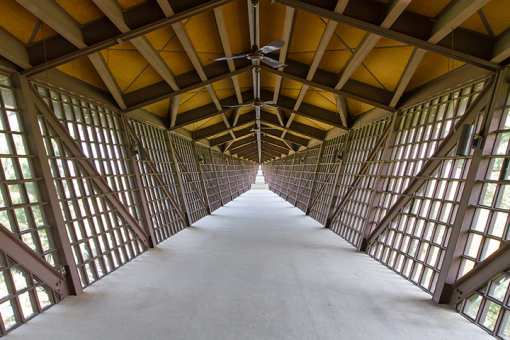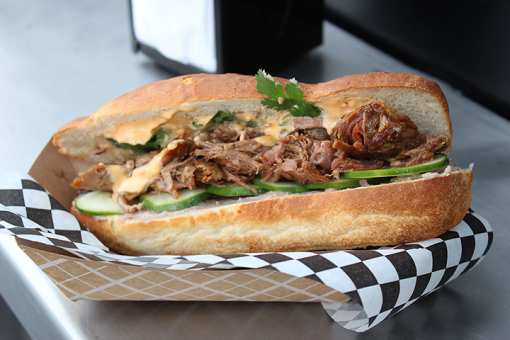History of Fairs
1st Vilas County Fair - Sept. 7, 1916
There were 190 entries of vegetables, grains & grasses + 50 livestock exhibits.
The First Fairs Were Held at Religious Celebrations
Today when we attend fairs, we see a variety of displays - animals, plants, arts and more. These exhibits are brought to the fair and shown by people who have worked on them all year to learn new skills or improve existing skills. At fairs, exhibitors also get the opportunity to share what they have learned with others.
Some exhibitors even use fairs as a sort of marketplace to buy and sell products, especially agricultural products. This sort of trade is not new. Its roots trace back to ancient Biblical times. Evidence of fairs from more than 2,000 years ago appear in the Bible, At that time, fairs were commercial in nature, meaning that they were a place for merchants to buy and sell goods. Also at that time in history, activities of the church and state were closely connected. Often, business activities and religious activities were held in conjunction with each other. That is why some scholars believe that the word "fair" may have originated from the Latin word "fair" or holy day. A fair was a day when large numbers of people gathered together for religious worship. Worship took place in large temples In the great cities. These major cities were very far apart, so those who wanted to attend the gathering had to travel for many days to reach the temples. The travelers had to pack enough food and survival supplies for the entire journey. Frequently. travelers would pack extra supplies to trade at the holy celebrations. In this way, the "holy days" became a time for great commercial activity. In fact, the land the temples were located on became known as "fairgrounds" or trading centers.
Soon churches started charging merchants a fee for the privilege of setting up a trading booth at the fairs. The money raised helped the churches expand and further develop and protect trading areas.
The First Fairs in the United States Celebrated Agriculture
Fairs in the United Slates got a boost in 1807 when Elkanah Watson exhibited Iwo sheep under an old elm tree in Pittsfield, Massachusetts. Watson. who had served as an advisor to president George Washington, traveled a lot in Europe and studied agricultural practices there. He exhibited his sheep because he was proud of their fleece, which was as fine as any he had ever seen, even in Europe. Watson was surprised at the large turnout his fuzzy farm animals attracted. Seeing this, he figured larger animals would draw even more attention.
Mr. Watson organized the first "Berkshire Cattle Show" on October 1, 1810. The event was more successful than he ever dreamed. Farmers entered 386 sheep. 109 oxen, nine cows, three heifers. two calves and one boar (male hog).
Mr. Watson may not have known it, but he started the agricultural fair industry in the United States. Within 100 years, almost every state and province held some sort of agricultural fair celebration. From these, several local and county fairs started.
Wisconsin's Fairs Started in Waukesha
Wisconsin's first county fair was held in Waukesha in 1842. At that fair, a handful of exhibitors showed their agricultural exhibits, A total of $40.00 was awarded to the exhibitors. Wisconsin's county fairs have come a long way since 1842 more than 150 years ago. In fact, in 1993, about 71,000 exhibitors showed nearly 400,000 exhibits. The average total premium received per exhibitor was $12.50. Nearly $900,000.00 was awarded in total to all exhibitors - quite a bit more than the $40.00 total in 1842. The nature of the exhibits has changed since Mr. Watson showed his two sheep. Today, farmers are not the only people who get to show off the products of their hard work. People of all ages from both town and country exhibit projects at their county fairs. And although large farm animals still get a good showing at the fait exhibitors also bring small animals like dogs. cats, chickens, guinea pigs, rabbits and more to the fair to show them off. Crafty exhibitors display hand-sewn clothing articles, Leathercraft. ceramics, paintings and other arts. Great gardeners bring beautiful floral arrangements and prize-winning vegetables. Environmentally conscious exhibitors show new ideas for recycling and reusing products. Great talkers and budding actors perform at the fair to show what they've learned through the year. These are just a few of the projects you will see at the fair. Maybe you will want to consider showing off your talents at the county fair
The History of the Ferris Wheel
The Ferris wheel may be one of the greatest inventions of all time. It turned 100 years old in 1993.
George Washington Ferris, a civil engineer from Illinois, invented the Ferris wheel in the 1890's. The first Ferris wheel was built for the 1893 Chicago World's Fair in 1893. The total Cost of the wheel was $300,000.00. Mr. Ferris' invention was and still is the largest wheel ever built. It weighed 1,300 tons (that's about how much a herd of 2,000 dairy cows would weigh !). The Ferris wheel stood 25 stories high and held over 1,400 passengers. From the top of the ride, passengers could see 50 miles. It took 20 minutes for the enormous wheel to make one complete turn. After the Chicago World's Fair, the Ferris wheel was taken to the 1904 St. Louis Exposition.
After the Exposition, the wheel was returned to Chicago and dismantled because it was just too expensive to keep the wheel in operation. The metal from the Ferris wheel was used to build a large ship, the U.S.S. Illinois, during World War I.






